#cone nebula
Explore tagged Tumblr posts
Text

Christmas Tree, Cone and Fox Fur ©
#space#stars#astrophotography#cone nebula#christmas tree cluster#fox fur nebula#galaxy#universe#cosmos#night sky#planet#astronomy#solar system
782 notes
·
View notes
Text

The Cone Nebula, the Christmas Tree Cluster, the Snowflake Cluster, and the Fox Fur Nebula // Francesco Meschia
#astronomy#astrophotography#nebula#emission nebula#diffuse nebula#star-forming region#stars#star cluster#open cluster#cone nebula#christmas tree cluster#snowflake cluster#fox fur nebula#NGC 2264#monoceros
103 notes
·
View notes
Text
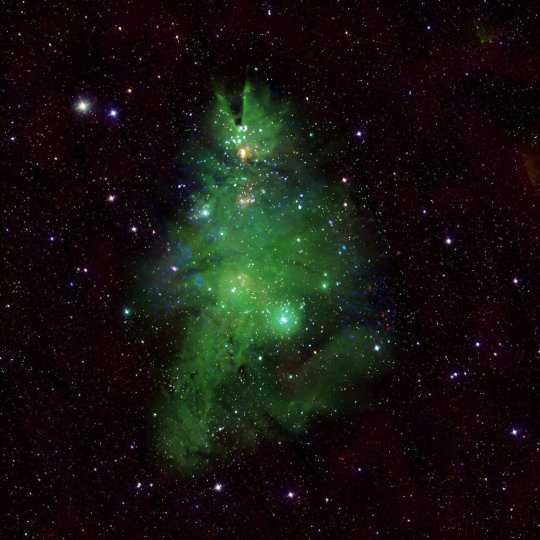
NGC 2264 Aka 'Christmas Tree Cluster'
Courtesy: NASA
#art#cosmos#cosmic#universe#blast#space#photography#stars#nasa#christmas tree#cluster#merry christmas#surreal#green#cone nebula#nebula#monoceros#x-ray#NGC 2264
266 notes
·
View notes
Text
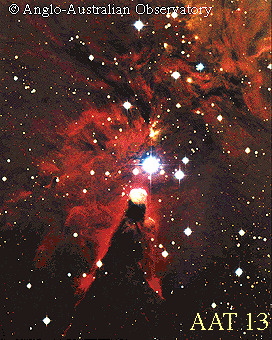
A Mysterious Cone Nebula - March 1st, 1996.
"Sometimes the simplest shapes are the hardest to explain. For example, the origin of the mysterious cone-shaped region located just below the center of the above picture remains a mystery. The dark region clearly contains much dust, which blocks light from the emission nebula and open cluster NGC 2264 behind it. One hypothesis holds that the cone is formed by wind particles from an energetic source blowing past the Bok globule at the head of the cone."
40 notes
·
View notes
Text

Burnhams Celestial Handbook (1978)
15 notes
·
View notes
Text
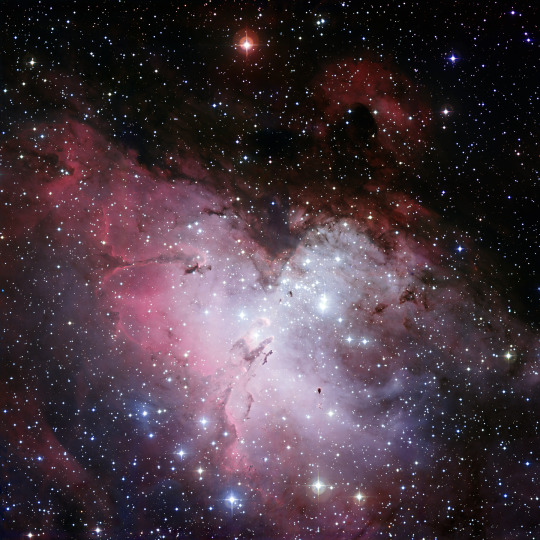

17 notes
·
View notes
Text
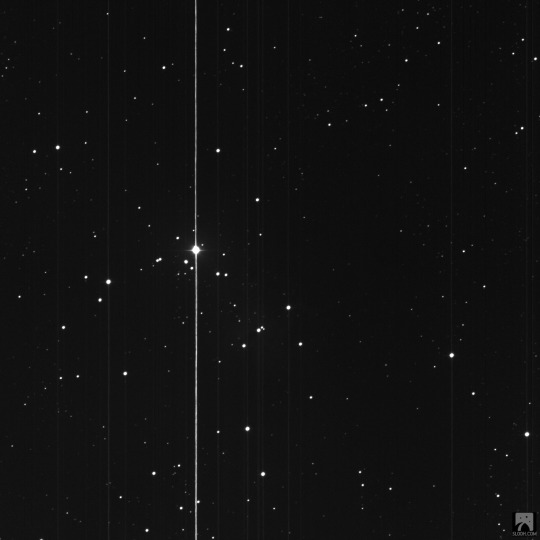

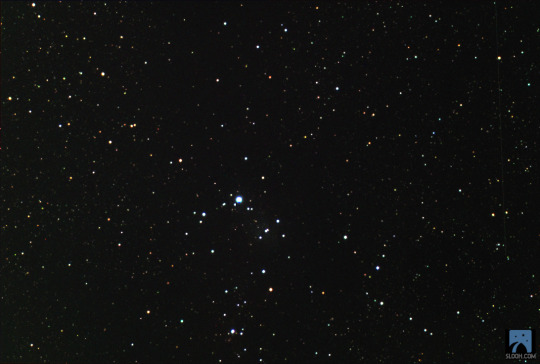
Christmas Tree Cluster and Cone Nebula (NGC 2264)
1 note
·
View note
Text

NGC 2264, Cone Nebula
2K notes
·
View notes
Video
Protostar in LDN 1527 by Judy Schmidt Via Flickr: Update: Simeon Schmauß over on Twitter (@stim3on) recommended G'MIC for taking care of the horizontal noise / banding. It worked pretty great. There's a Photoshop plugin for it, too. Wanted to process my own version of this one, since nebular landscapes are some of my favorite views. Having a hard time with the linear noise pattern, especially near the top of the image. In the center of this view is a newly forming star crossed by a dark disk of dust (say that three times fast!) which is casting shadows to the left and right, and allowing cones of light out the top and bottom. Think of it like a light bulb inside of a donut with a bunch of fog. Though the infrared light can penetrate much of the dust, there are clues in the image that show some of the dust is still too thick to see through. At the lower right especially are a lot of background galaxies. On the left, the background galaxies are fewer, and what we see are dimmer, so we can tell there is more dust there. You can see the official release here. They've got a much better description than I could ever write. Orange "screen": NIRCam/F444W-F470N (not arithmetic) Red: NIRCam/F444W Green: NIRCam/F335M Blue: NIRCam/F200W, F187N, F115W North is 100° counter-clockwise from up.
#protostar#protostellar#disk#accretion#nebula#dust#gas#cones#light#shadow#emission#infrared#jwst#hourglass#protoplanetary#flickr
14 notes
·
View notes
Text
♥

It’s summertime, so let’s enjoy 🍦! The Cone Nebula, shown in this Hubble Space Telescope photo, could pack a lot of ice cream into its 2.5 light-year-long expanse. It resides in a turbulent star-forming region. Within the dark pillar, a new generation of stars is being born. Ultraviolet light from nearby, massive stars heats the edges of the dark cloud, releasing gas into the surrounding space to create the glowing, red tendrils seen throughout the image. Credit: NASA, ESA, H. Ford (JHU), G. Illingworth (UCSC/LO), M.Clampin (STScI), G. Hartig (STScI), and the ACS Science Team. ALT TEXT: A wide, dark pillar surrounded by wispy red tendrils extends from lower left to upper right across most of the frame. The cone-shaped pillar narrows gradually to a smooth, rounded top. Several bright stars are seen at the top of the pillar, while a few more stars are in the background to either side in the top third of the image. A shorter pillar at lower right joins into the larger one.
#space#astronomy#stsci#science#hubble#hubble space telescope#nasa#universe#cone#nebula#summer#astrophotography#astrophysics#red#cone nebula#nature#god's creatures#gods creatures#amazing#love animals#natural#god's creation#godscreation#beauty#love
174 notes
·
View notes
Text
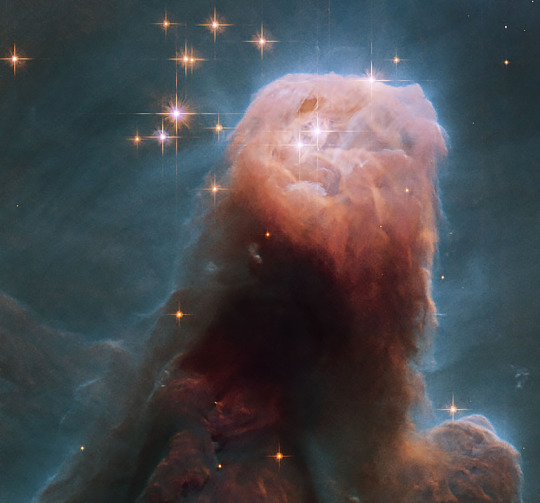
Cone Nebula from Hubble
#space#nasa#hubble telescope#astrophotography#stars#cone nebula#night sky#solar system#universe#astronomy#cosmos#planet#galaxy
1K notes
·
View notes
Text

A "green" Christmas Tree Cluster (right) and Cone Nebula (left) // J McMath
Merry Christmas everyone!
#astronomy#astrophotography#nebula#emission nebula#star-forming region#stars#star cluster#open cluster#cone nebula#fox fur nebula#christmas tree cluster#snowflake cluster#NGC 2264#monoceros
89 notes
·
View notes
Text
Ok but what does Cucurucho mean I keep getting conflicting answers on google
6 notes
·
View notes
Text






Cone Nebula (NGC 2264) - Zeta Ophiuchi - DEM L 190
715 notes
·
View notes
Text


11 notes
·
View notes
